Exhibitions
Les Rencontres d’Arles 2019
Les Rencontres d’Arles
MOMENTA and Les Rencontres d’Arles join forces for the production of two solo exhibitions presented at Les Rencontres d’Arles, from July 1 to September 22, 2019. On this occasion, nearly 50 exhibitions presented in 25 heritage sites unfold in the city of Arles. Among them, two artists of the Canadian photographic scene are highlighted: Yann Pocreau and Guillaume Simoneau.
Cathédrale, 2013
Yann Pocreau creates stagings where he manipulates light, making it a medium in its own right. He invests it as a living subject and explores its effect on the narrative of the image. With Cathédrale, Pocreau deploys an immersive installation that reproduces the presence of light as it could be manifested in this type of place. It is composed of a monumental photograph of the interior of a gothic cathedral perforated to let the light come through. At the premise of the work is the artist’s fantasy of photographing this almost mystical moment of the light making its way through the stained glass windows, the moment when its warmth and luminance are spread throughout the space. Cathédrale projects a fantasy world where fragility, memory and history meet. The image of a place of worship, taken out of its flatness, is transformed into a theatre with both apocalyptic and poetic allure, in which the welcomed act is that of light itself.
MURDER, 2016-2019
Guillaume Simoneau develops fragmented and personal narratives through photography. His works are told in a non-linear narrative where facts give way to perspectives, and truths to opinions. Produced in Japan, the Murder series (2016-2019) intersects different poetic and symbolic relationships to birds, where the animal becomes at once the friend, the alter ego, the protagonist. With this work, Simoneau places photographs of his mother, Jeanne d’Arc Fournier, in dialogue with the iconic Karasu [Ravens] series by Japanese photographer Masahisa Fukase, which holds a significant place in the history of photography. Simoneau’s work, unlike Fukase’s, is not imbued with existentialist angst; rather, it shows a fascination with situations where vulnerability and power exist side by side. In this tribute to the late photographer, the artist refers to the Japanese master in both a poetic and violent way. This lexicon of violence, inherited from Fukase, becomes the means by which Simoneau challenges this same legacy.
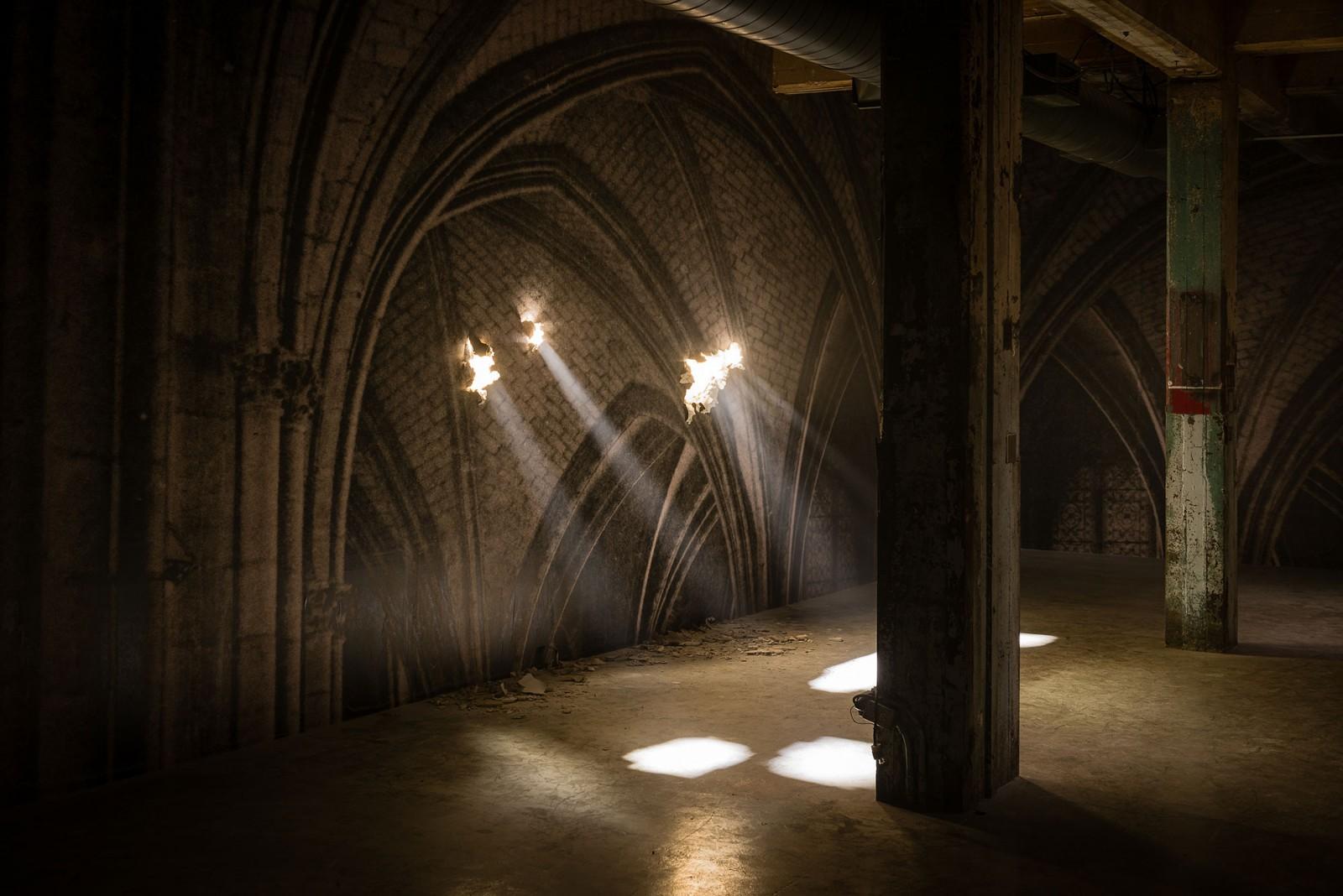
Yann Pocreau, Cathédrale, 2013. Photo : Maxime Boisvert
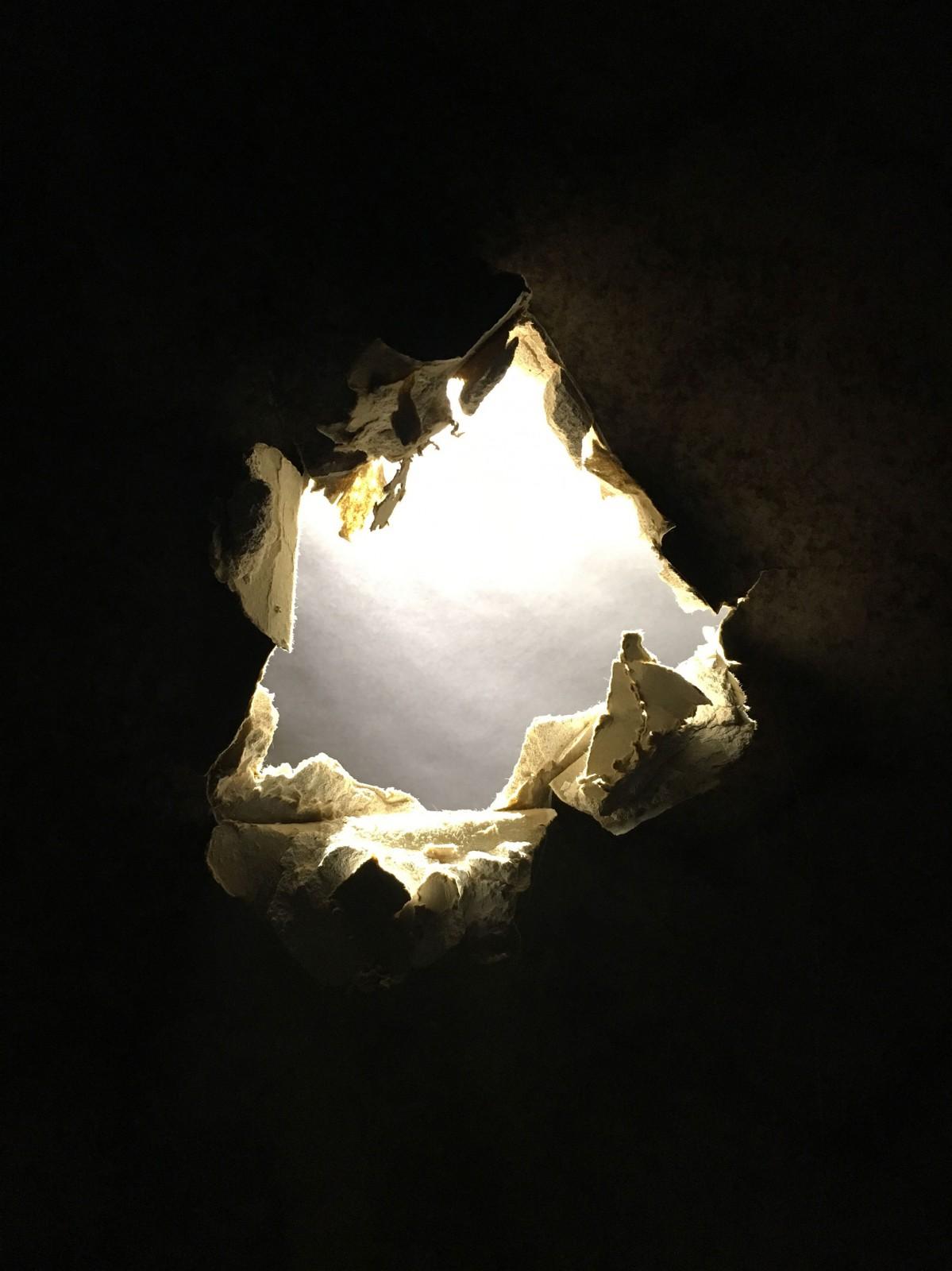
Yann Pocreau, Cathédrale, 2013. Photo : Maxime Boisvert
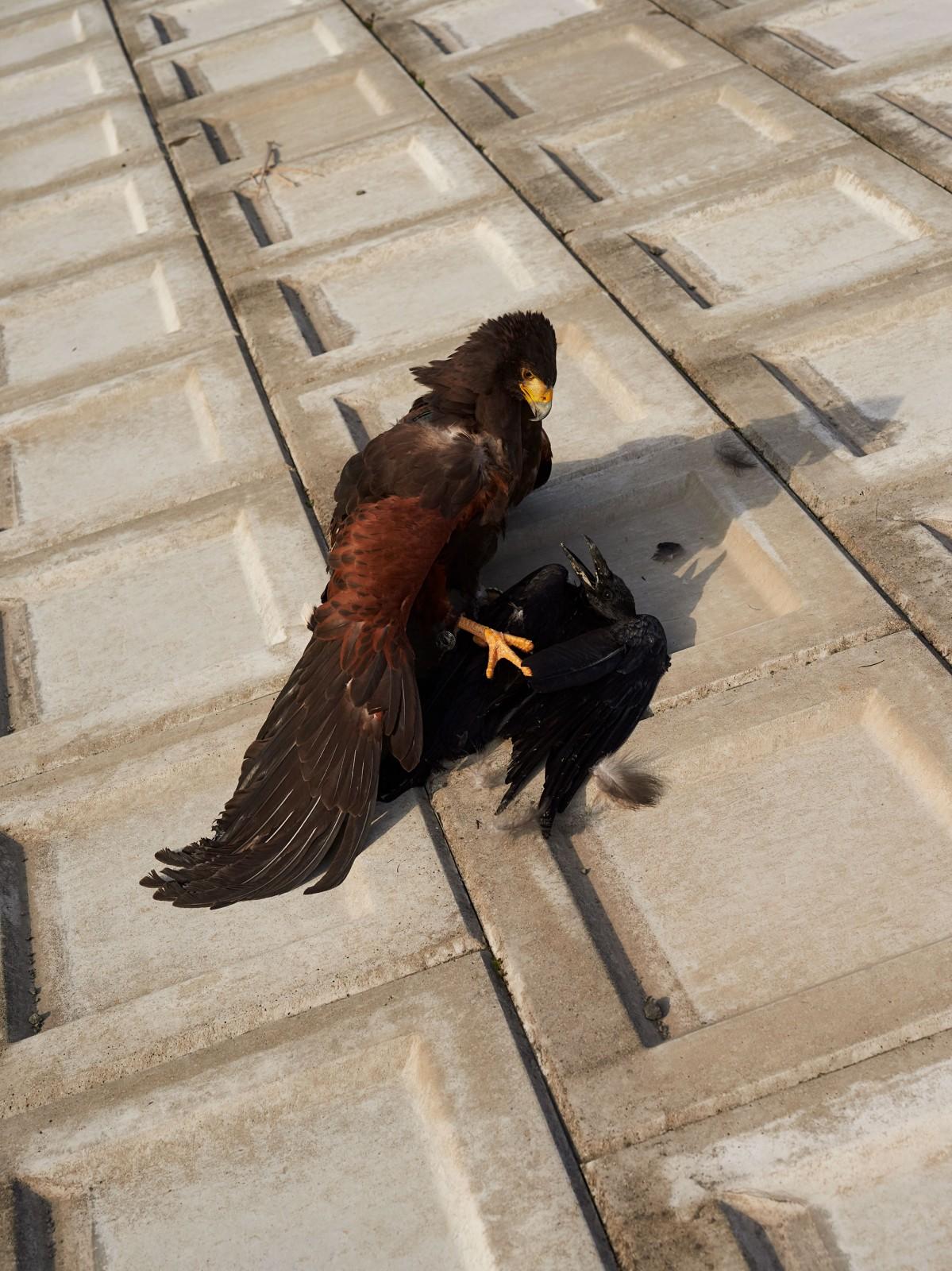
Guillaume Simoneau, Horus, Takeo City, Saga prefecture, Japan, 2016. Courtesy of Mack, London and Stephen Bulger Gallery, Toronto
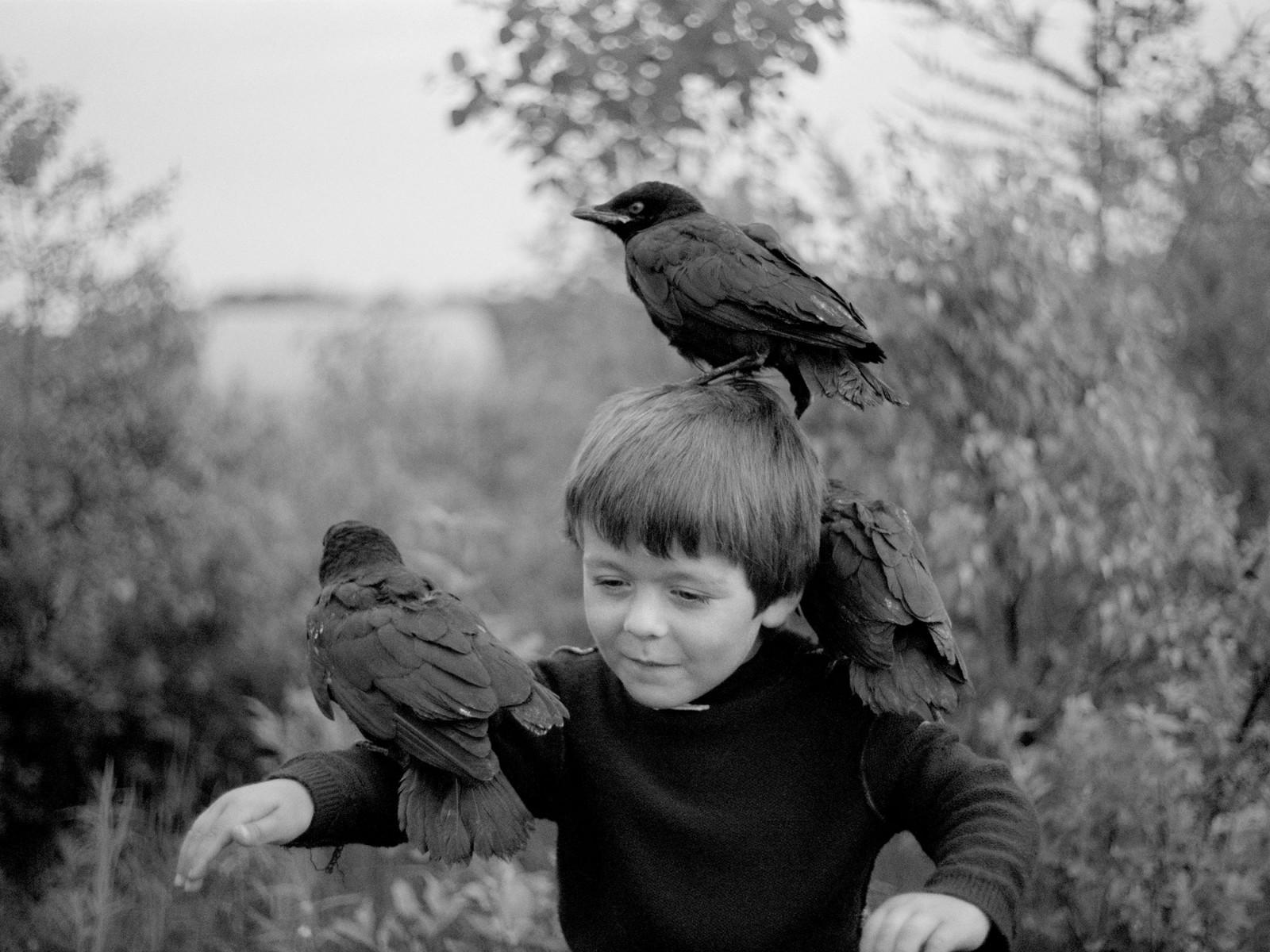
Guillaume Simoneau, Jeanne d’Arc 02, Ste-Marguerite, Canada, 1982. Courtesy of Mack, London, and Stephen Bulger Gallery, Toronto.
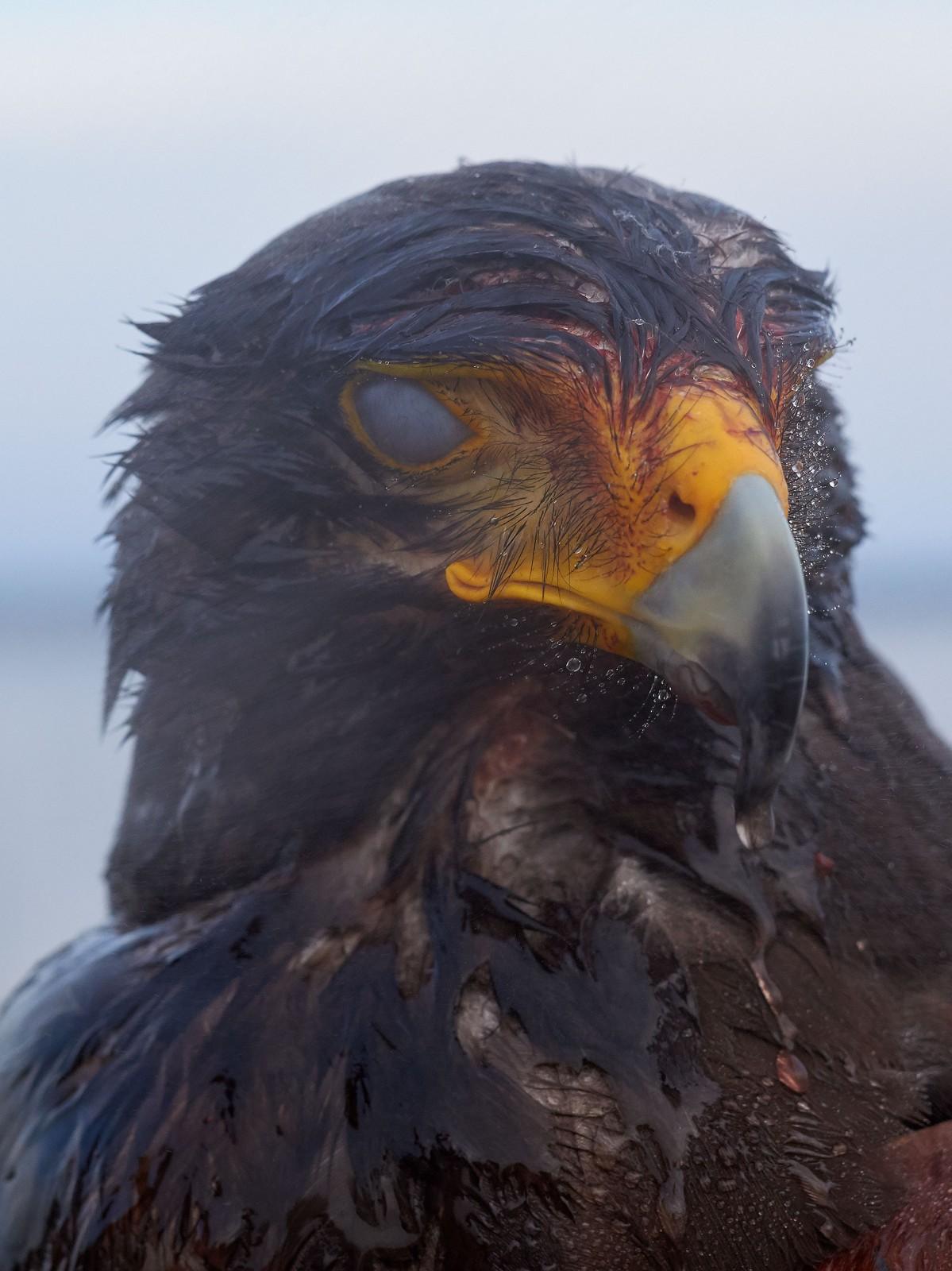
Guillaume Simoneau, Untitled (after the fight 01), Takeo city, Saga prefecture, Japan, 2016. Courtesy of Mack, London and Stephen Bulger Gallery, Toronto.